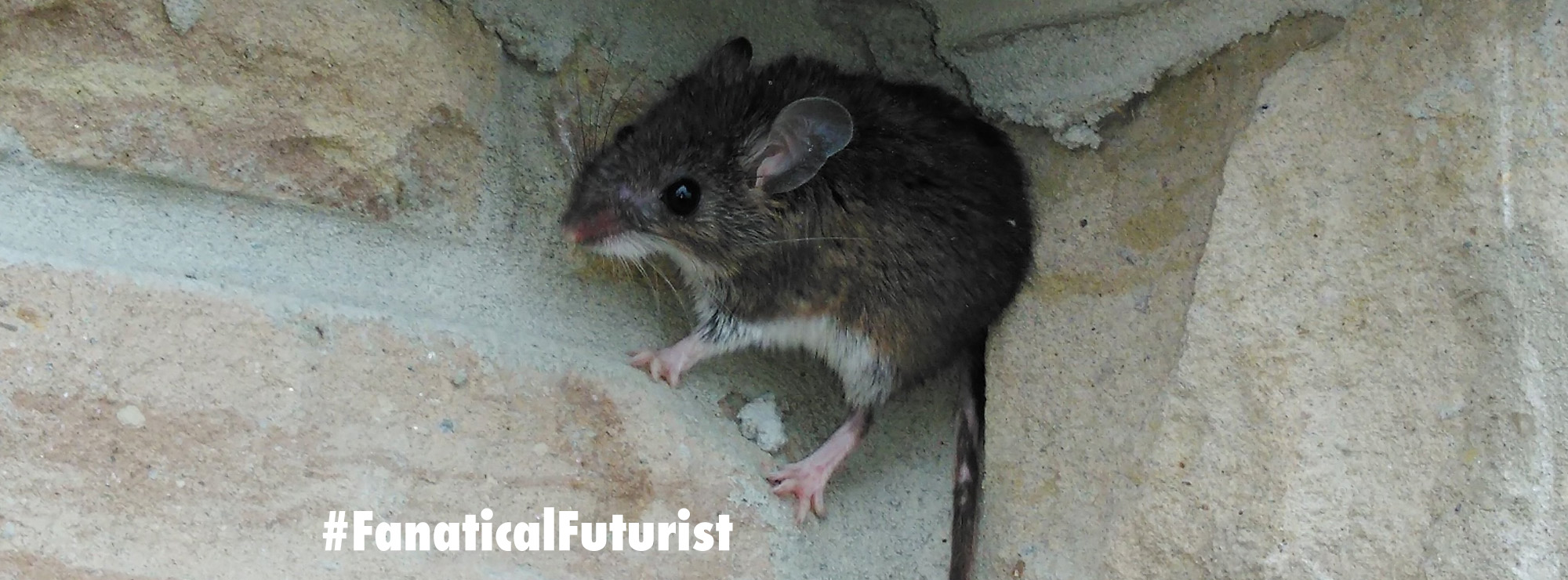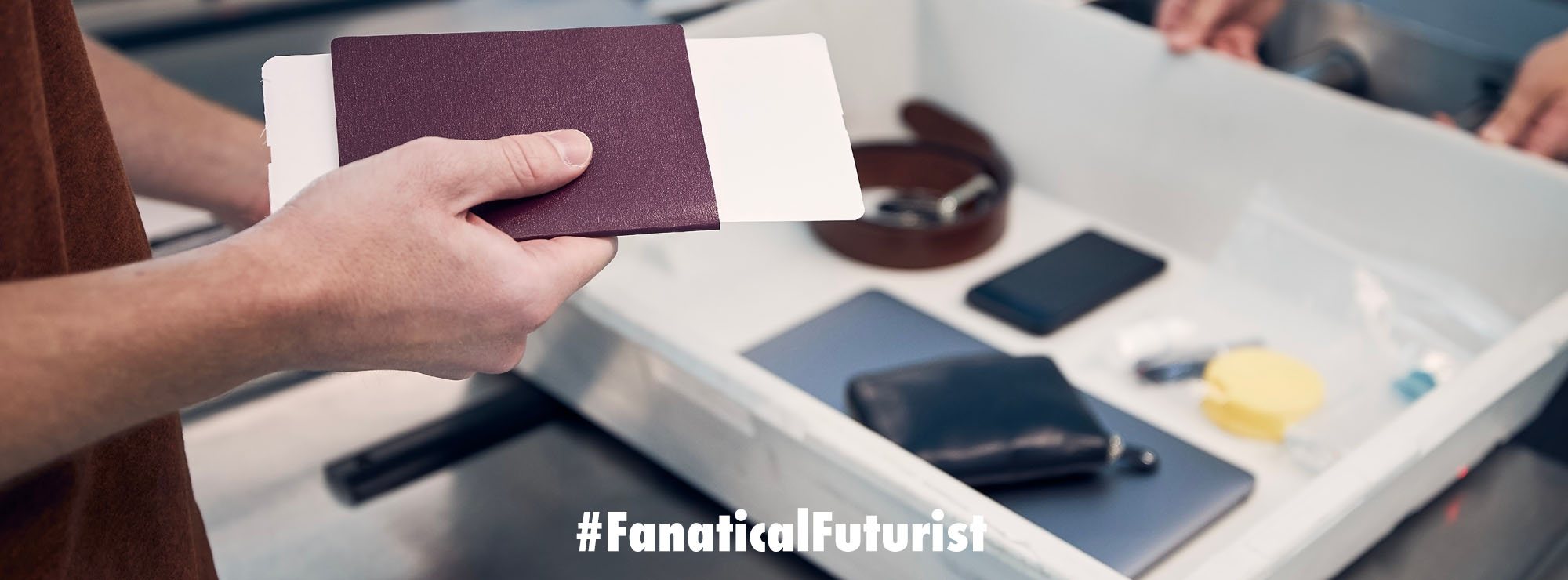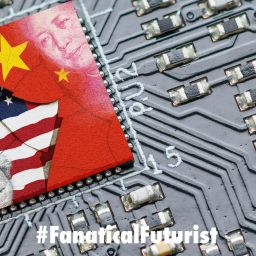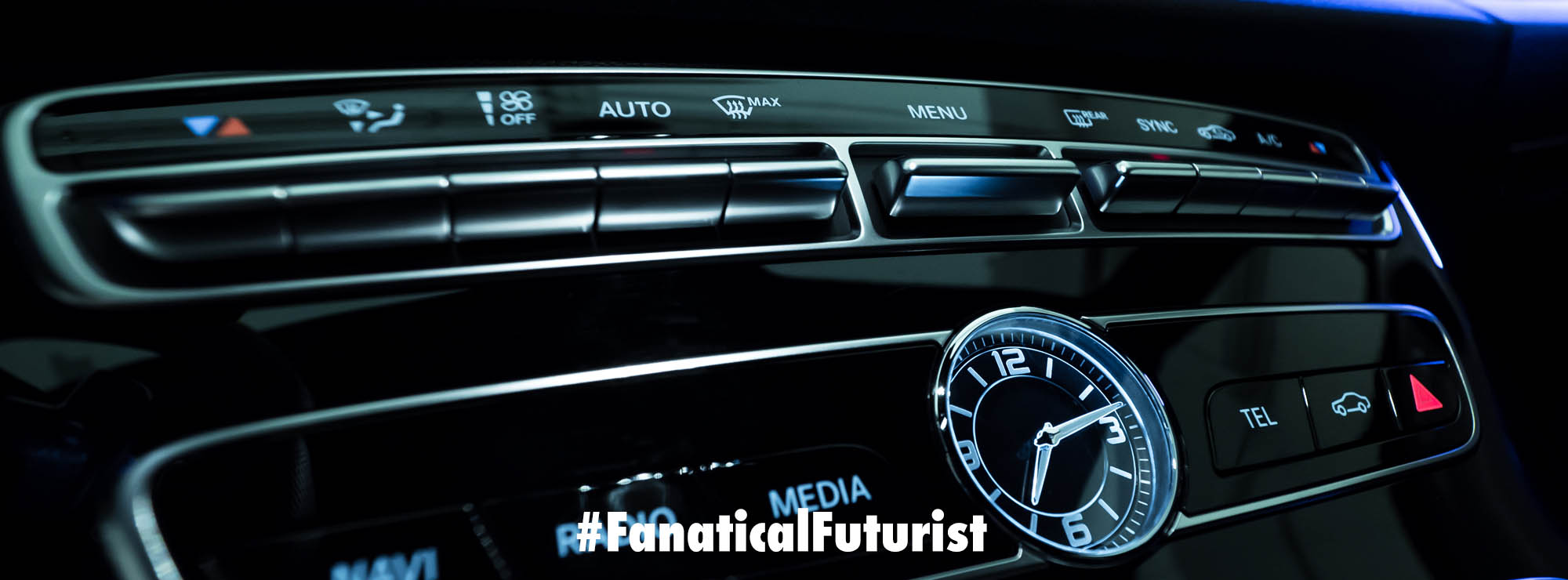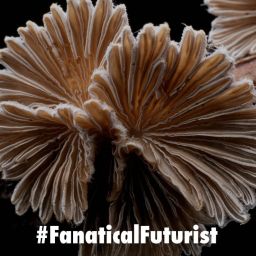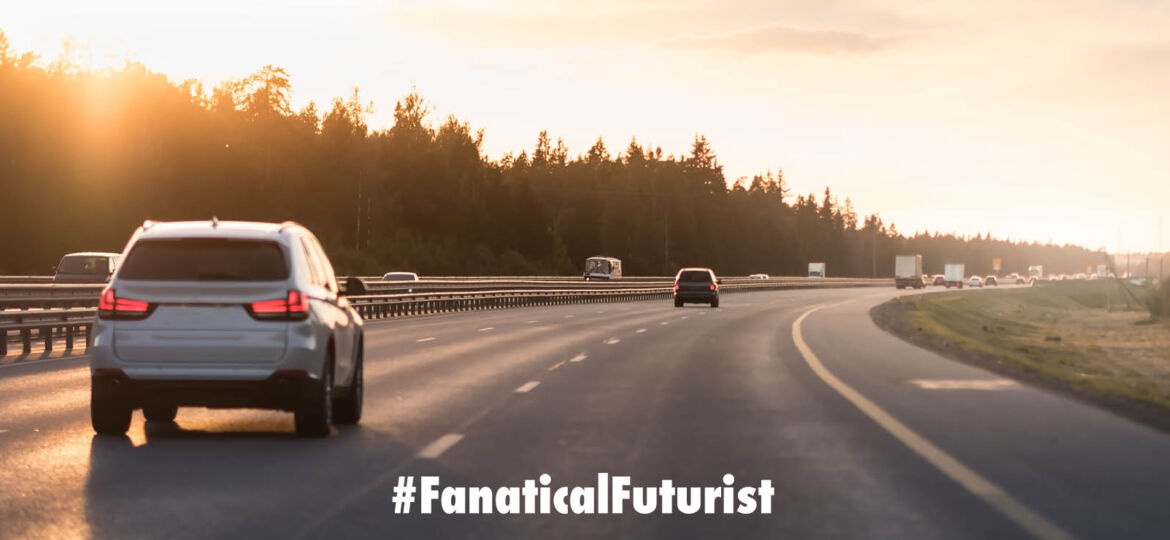
WHY THIS MATTERS IN BRIEF
The future of self-driving vehicles doesn’t involve a human driver, so companies are trying to perfect their autonomous systems.
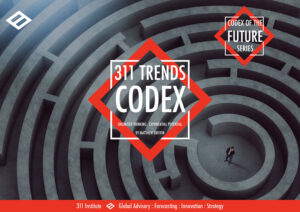 Love the Exponential Future? Join our XPotential Community, future proof yourself with courses from XPotential University, read about exponential tech and trends, connect, watch a keynote, or browse my blog.
Love the Exponential Future? Join our XPotential Community, future proof yourself with courses from XPotential University, read about exponential tech and trends, connect, watch a keynote, or browse my blog.
For autonomous vehicle developers, who are deploying their vehicles into tons around the world, every mile driven serves as proof that their technology works and as an opportunity to gather data for further improvement. Which is why Cruise, which has just announced that it has completed 1 million fully driverless miles, calls the achievement one of its biggest milestones yet. A spokesperson told us that those were miles driven with no safety driver behind the wheel and that most of them were collected in San Francisco.
If you’ll recall, the GM subsidiary started testing fully driverless rides in the city back in November 2021. It was also the first company to ever receive a driverless deployment permit from the California Public Utilities Commission, allowing it to charge passengers for robotaxi rides by June last year. Based on the disengagement reports it submitted to the California DMV, it only had around 30 cars or so operating at the beginning of 2022. CNN said it was maintaining a fleet of 100 vehicles by September last year and was seeking to add 5,000 more.
Mo Elshenawy, Cruise’s EVP of engineering, said each one of those miles “has been packed with complex scenarios that have set Cruise up for rapid scale.” Since San Francisco streets are often chaotic and packed with people, the company was able to gather tons of useful data it can use to better its technology.
“For example,” Elshenawy wrote in a blog post,” stop sign blow-throughs are 46x times more frequent in San Francisco than in suburban areas.”
Cruise has been feeding data from each drive into a continuous learning machine that creates millions of permutations of real-world scenarios on the road. That allows the technology to learn from simulated drives and then apply what it learns in real life.
“When you consider our safety record, the gravity of our team’s achievement comes into sharper focus,” Elshenawy continued. “To date, riders have taken tens of thousands of rides in Cruise AVs. In the coming years, millions of people will experience this fully driverless future for themselves.”
Cruise’s announcement comes almost a month after San Francisco officials sent a letter to California regulators, asking them to slow Cruise’s and Waymo’s expansion plans. They reportedly wanted a better understanding of autonomous vehicles first and were worried about “the hazards and network impacts caused by planned and unplanned AV stops that obstruct traffic.”
As The New York Times said in a recent report, stalled Cruise and Waymo vehicles have caused traffic jams in San Francisco several times in the past. Officials believe these companies have to significantly improve their technologies before expanding, or else they “could quickly exhaust emergency response resources and could undermine public confidence in all automated driving technology.”


